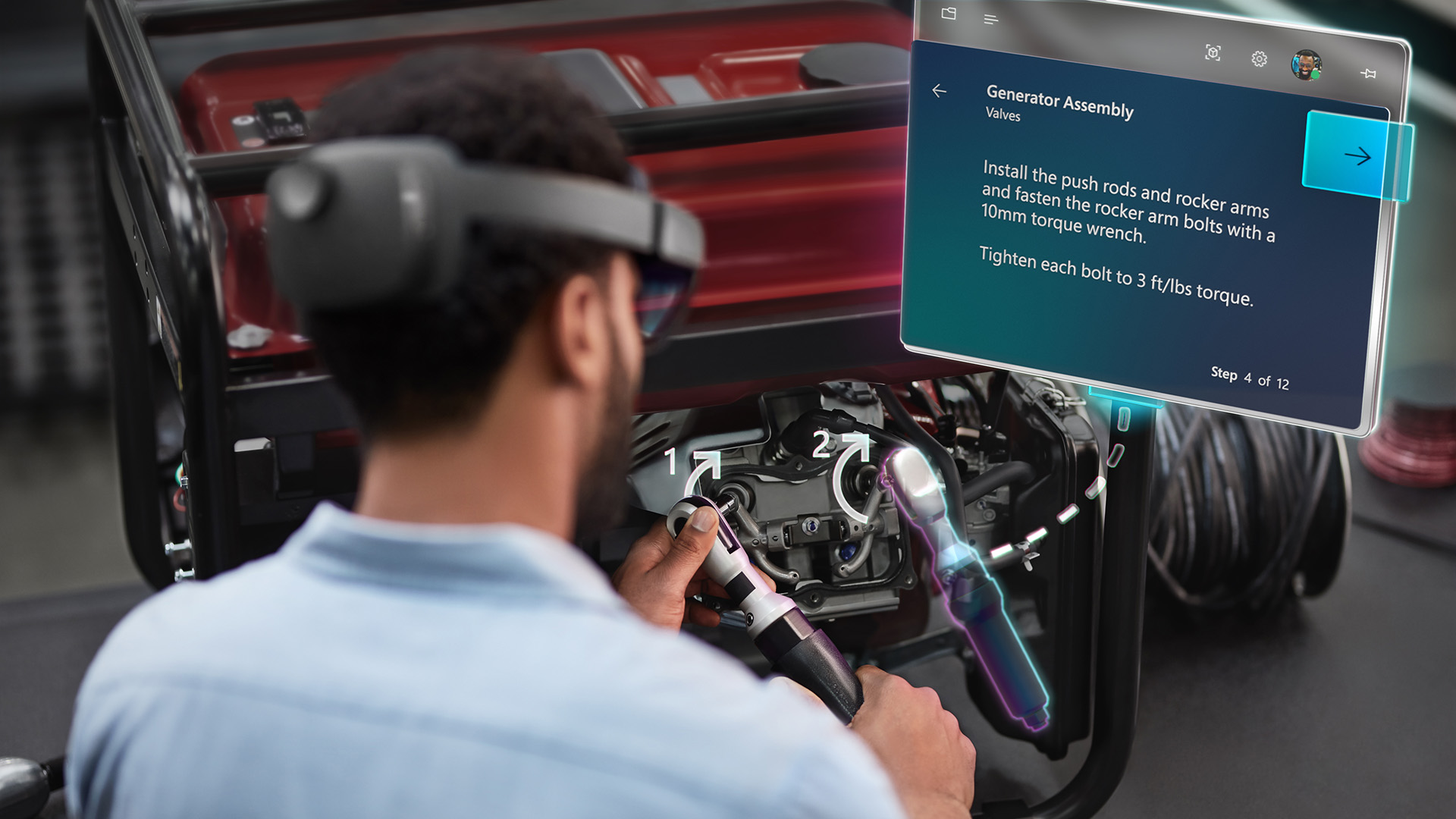
The Future of Enterprise Spatial Computing
When we envision the cities, structures, systems, and manufacturing of the future, it’s tempting to picture our world … well, running itself. Will we need to work? Will there be jobs? The answer is, yes, of course, to both. But the way we work (and live) is changing. And will continue to change at an unprecedented rate. So, it’s worth keeping an eye on the tech that is making it all happen. Call it Extended Reality, XR, or spatial computing – the terminology doesn’t change the fact that almost no life will be left untouched by this technology. Let’s see what is waiting for us in the future of enterprise spatial computing.
Depending on the industry you work in and your specific role, XR will affect you in different ways. There is no one device or process that everyone will need to learn or adapt to, but we do feel that preparation is everything. So, to help clarify what tech you need on your radar, here are a few general ideas to mull over.
Enterprise Spatial Computing Hardware
The new HoloLens 2 is a great example of how XR technology is evolving in front of our eyes. Take a look at Dieter Bohn’s video overview of how Microsoft improved upon the first HoloLens to make the 2 a better product. Extrapolate this level of improvement across many other spatial computing hardware and software developers and you’ll have an idea of how fast things are moving.
We love the HoloLens 2, but this is not the only headset or XR device you’re going to see in enterprise settings. Magic Leap and Qualcomm are some of the biggest names, but products from Vuzix and Lenovo could claim noticeable space in the workforce too.
Qualcomm in particular has the capacity to influence a host of future AR glasses. Their Snapdragon XR2 5G Platform uses AI to achieve true mixed reality and immersion that reacts as quickly as human reflexes. Glasses powered by Snapdragon chips will be unlike anything we’ve seen in spatial computing to date.
Augmented Technicians & Researchers
Enterprise AR glasses will have critical roles to play in risky and/or complex industrial workplaces. Anyone tasked with using dangerous machinery or entering hazardous environments can attest to the value of every tool that increases safety.
Urban infrastructure such as sewage systems, light rapid transit, power stations, and waste management facilities, must all be maintained by technicians. Yet those maintenance tasks expose people to high voltages, extreme temperatures, and crushing weights. Technicians equipped with AR – in turn powered by Digital Twins – are in an ideal position to more safely detect, or better still prevent, dangerous situations in their workplaces.
Simulations and Digital Twins enhance research in industry, science, and medicine. Take for example the tricky and often hazardous process of developing drugs and vaccines. If you work in a lab with volatile biological material, you’re going to want to use live specimens as little as possible. Likewise, the process of teaching medical research to tomorrow’s doctors and scientists will be much more manageable when simulations are the norm.
Workplace Training via Spatial Computing
We’ve already written about the Virtual Reality training offered by retailers like Walmart, police forces, medical schools, and so on. But that merely scratches the surface of how spatial computing will educate and train us going forward.
Printed binders are being replaced by smart tablets. Soon, those smart tablets will have more than just interactive content. They will be devices that use AR to give you a guided tour of your office, factory, or school.
Through the use of immersive video recording, you may one day be on the receiving end of a holographic training presentation … recorded by your actual supervisor. But instead of reducing her productivity every time a new employee joins her team, she can continue her own personal tasks while her hologram concurrently delivers key information.
Enterprise Spatial Computing & AI
An application that interacts with your supervisor enough to learn her personality as well as her industry expertise will be able to populate her hologram with enough of the real individual to help her be in two places at once.
Digital clones are just one of the ways AI will help us use spatial computing in enterprise settings. Augmented Analytics has a huge role to play too. This is a level of data capture and processing that no human (or even large group of humans) could ever achieve. The data iceberg illustration below is a great visual tool for thinking about how much data Augmented Analytics can handle.
Sensors, software, and AI are the perfect storm required to collect information, interpret it, and make recommendations. It’s not science fiction, it’s not scary, and it’s how we’re going to build a sustainable world where you’ll actually want to live.
Start with a Technology Partner
In spite of how fast spatial computing is progressing, most organizations are still going to need a technology partner to get started. And by all means, you really should get started.
Extended Reality solutions can work for you today, but they can also present options you would have never otherwise considered. Incorporating XR can change the way you look at your work and the world around you. The Stambol team can help you get there.
Feature Image Credit: Microsoft


